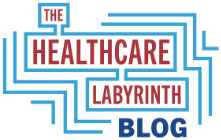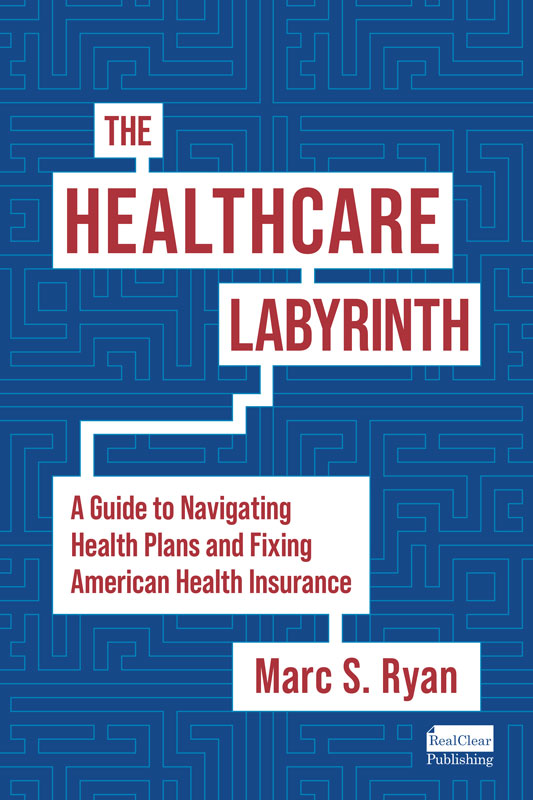Health plans preempt CMS action on prior authorization with reforms of their own
For the past few years, the feeling was palpable at health plans. State and federal regulators and lawmakers were tightening the screws on health plan prior authorization (PA). And so to preempt further regulatory action on the issues, plans have agreed to make further reforms on their own.
What changes are already in place?
On the Medicare Advantage (MA) front, the Centers for Medicare and Medicaid Services (CMS) did a number of things on the PA front. For the past decade, the agency has honed its program audit protocols for both pharmacy and medical service requests and appeals. It spends a great deal of time on recent audits diving into the whole PA life cycle and digs deep on the application of medical necessity criteria for both pharmacy and medical services.
It also finalized a significant interoperability rule that requires plans to adopt electronic PA (ePA) for medical services. This is meant to speed up approvals and better gather required information for the approval process. There is already strong ePA penetration for retail drugs.
And last but not least, CMS instituted a new rule that went into effect on January 1, 2024 that requires MA plans to follow traditional fee-for-service (FFS) coverage criteria. I have taken issue with this far-reaching change and argued that CMS is taking the managed care out of managed care. The new rule could explode MA costs over time by applying coverage rules from FFS to a program that is meant to “gatekeep” unnecessary services. CMS is already auditing on the new rule, however so slightly right now. Other rules also clamp down on PA.
On the Medicaid side, state Medicaid agencies are beginning to mimic what CMS does on program audits and civil monetary penalties when the plans do not act accountably. They must apply reasonable and consistent medical necessity criteria. The ever-growing regulatory oversight of Medicaid managed care plans stems from the Obama-era Medicaid Uber or Mega Rule, which seeks to establish strong oversight over Medicaid finances, operations, and quality.
Then there are state laws around PA. States are limited in what lines of business they can impact due to ERISA self-insured and Medicare preemption at the federal level. But state PA laws can be applied to full risk commercial coverage as well as Medicaid. States are mandating PA transparency, electronic processing, and even “gold-carding” requirements. Health plans do practice gold-carding, which awards trusted provider groups the privilege of lighter PA scrutiny or provider control over most of what they furnish (often in delegated risk situations). But what the gold-carding states have approved is quite different. In these laws, any network provider that reaches a threshold approval rate over time must be freed of PA by the health plan.
What prompted the plans’ proposal on PA?
At their confirmation hearings, both Health and Human Services (HHS) Secretary Robert F. Kennedy, Jr. and Centers for Medicare and Medicaid Services (CMS) Adminstrator Dr. Mehmet Oz agreed that PA was out of control and would seek to institute reforms. Dr. Oz was perhaps the most emphatic on this. At his hearing, the CMS administrator actually laid out his ideas to streamline the number of services to which PA would apply and ensure uniformity of medical necessity criteria across plans in MA. Oz was rumored to be readying his own proposal and rule for PA before the health plans came out with their proposal in a joint meeting with Kennedy and Oz recently.
Further, regulatory and lawmaking actions continue to make ground. State PA laws continue to be proposed and enacted. A perennial prior authorization reform bill for MA amasses more and more support each year in Congress. In the past, the measure was too expensive to pass. Much of it has now been implemented via rule and the bill is now scored as no cost. A bipartisan group of lawmakers would like to pass it so the rules’ reforms cannot be undone in the future.
What have the health plans proposed?
About fifty health plans — including some of the biggest and representing as many as 75% of America’s insured — met with Kennedy and Oz recently to outline their agreed-upon efforts on PA. Prominent insurance trade groups AHIP and the Blue Cross and Blue Shield Association were also present. The PA plan from the insurers centers both on PA and claims denials.
Health plans committed to reducing the number of service codes subject to PA and to establish a standard framework to increase how many authorizations are adjudicated electronically and in real-time. PA changes begin as of January 1, 2026, with the electronic framework on January 1, 2027.
The plans will also increase education on the PA and appeals process, overall accountability, and transparency around denials of PAs and claims. Plans will also honor PAs for 90 days when a consumer changes plans.
The reforms look a lot like what Dr. Oz committed to at his confirmation hearing. They cover streamlining processes and what is subject to PA, but do not commit to uniform review standards. The federal government will forestall any of its reforms as it monitors the changes the health plans are making. CMS could make changes if the initiatives do not meet expectations. At the same time Oz says this is a first step so some regulatory action in the future is likely.
Provider reaction
Major provider organizations welcomed insurers’ pledge to reform PA, but they generally kept their powder dry to see what actually happens. They note that health plans have promised changes before (including a similar 2018 commitment) only to not deliver on promises. They also say many PAs will remain.
Another analysis suggests that the real impact on plans may be minimal as any increased costs from the loss of PA use would be passed on as higher premiums. However, the tech investment promised by plans in electronic PA would be meaningful.
It is fair to say that the proposed plan reforms as well as the ever-evolving changes coming from state and federal lawmakers and regulators will mean meaningful relief for providers. Providers admit that if plans follow through it could mean major savings. Whether that is in the end a good thing for our system is another matter. Again, I believe a carefully crafted and accountable PA program in managed care is important to cost restraint. Some of what the plans have proposed and even what lawmakers and regulators have enacted are at core reasonable. But others, such as the 2024 MA rule which mandates the use of FFS criteria, are clearly misguided.
Now on to site neutrality?
It is my hope that regulators and lawmakers will look at site neutrality next. If regulators and lawmakers have been convinced that PA is wasteful and a huge administrative burden to providers, the same can be said of the lack of site neutrality payments in Medicare.
Plans, employers, government programs, and consumers (in the form of exorbitant cost-sharing) pay hospitals and their other owned settings a premium when the same services are rendered at much lower cost at physician offices and other free-standing ambulatory centers. Tens of billions (if not hundreds of billions) could be saved in Medicare (FFS and MA) and the commercial lines of business each year with site neutral reforms. The lack of site neutrality is one of a number of factors driving a crisis in the employer healthcare sector because their rates are based on Medicare ones.
What will happen to plans financially?
Plans have to be a little worried about trends in PA and even their own proposals. Yes, electronic prior authorization and the reasonable use of AI could reap major administrative savings and even identify aberrant clinical patterns not seen by human medical directors. But utilization management has been the cornerstone of cost-savings for health plans for decades. Giving it up substantially when many plans have yet to truly pivot to ongoing care models, analysis, and member and provider engagement is clearly risky. It becomes yet another headwind for financial performance like the utilization surge, risk adjustment and overpayment reform, poor quality and Star results, and more. So as much as plans will invest in building a coherent and standard electronic PA infrastructure, they, too, need to continue making investments in risk, cost and quality analysis as well as member and provider engagement.
#healthplans #priorauthorization #providers #cms #hhs #medicare #medicareadvantage #medicaid #managedcare #employercoverage #commercial #siteneutral #hospitals
— Marc S. Ryan





